Getting the best efficiency out of an electric car – i.e. the miles it does per kWh (miles/kWh) of battery capacity – will get you cheaper motoring and a longer range in between charges. Unsurprisingly, many of the best tips for getting the longest range from an electric vehicle (EV) are just the same as those that you’d use to get the best mpg in an internal combustion engine petrol or diesel car, or indeed hybrid cars, but there are some crucial differences.
The below top tips focus son driving style, technology, and electric car features, and are compiled both from CarGurus’ own experience of testing every EV on sale today, and also from the Department for Transport’s ‘efficient driving in electric and low-emission vehicles’ report. This 2018 report is based on a programme that trained 67 drivers in the below skills, over a three-month period. It resulted in an average reduction in energy use of 16%, and an increase in range of 20%.
With range still being such a defining factor in electric cars, the below driving habits can really help to make the most of your electric car’s range potential. While we are focusing here on pure electric cars, these tips also apply to a plug-in hybrid (PHEV) when it’s driven in pure electric mode.
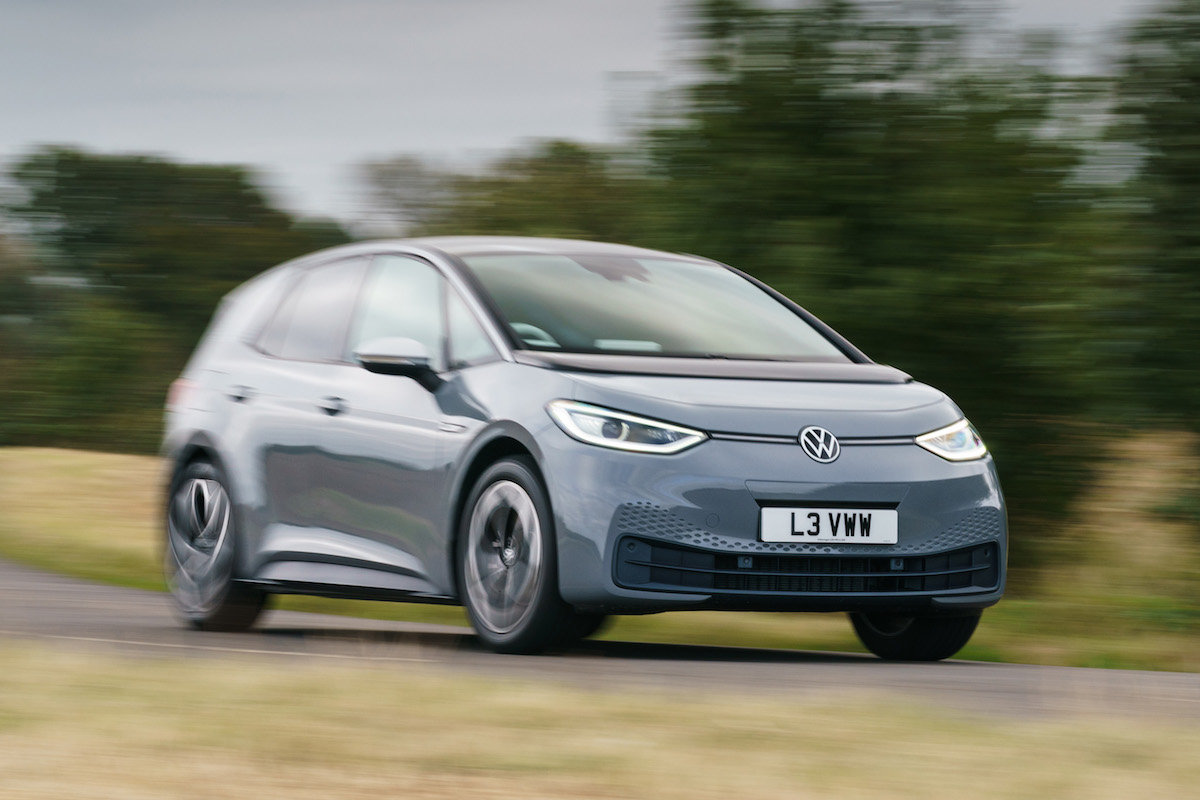
1. Don’t Drive So Quickly
Unlike a combustion engine car, an EV is most efficient at slower speeds. Electric cars such as the Tesla Model 3, Nissan Leaf, Hyundai Kona Electric, BMW iX and Mercedes EQS don’t have conventional gearboxes. Most are single-speed (direct drive), meaning that the electric motor is theoretically working twice as hard at 60mph as it is at 30mph, but its actually working even harder than that once you factor in things like the increased wind resistance at higher speeds. This is why electric cars are more efficient around town, where the speeds are slower and you can also gain benefits in using the brake regeneration system. Solid motorway miles will see the car’s battery power drop significantly compared to the range you get at slower speeds, no matter what efficiency tricks you employ.
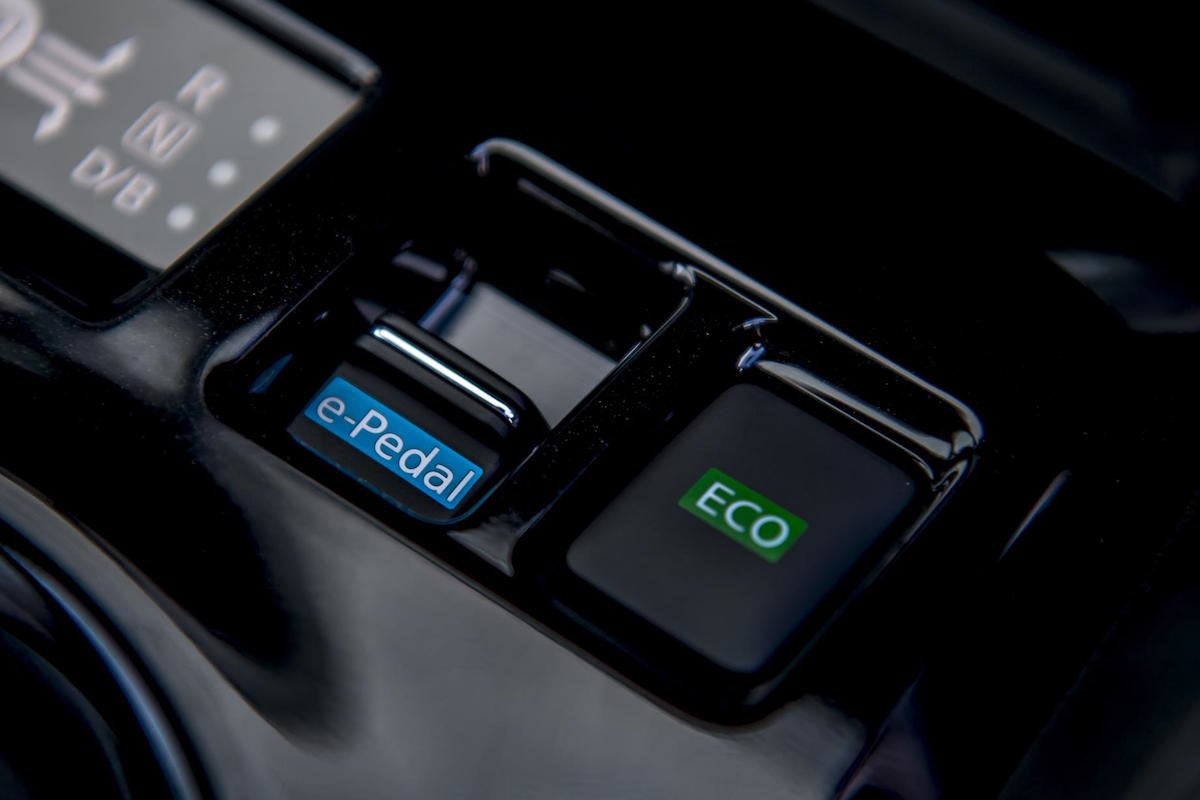
2. Make the Most of the Brake Regeneration
The brake regeneration system is a significant part of the EV driving experience, and is what allows an electric car to gather extra battery charge from the its natural forward momentum. When you coast or brake, the electric motor spins into reverse in order to act as a generator; this feels like the car is applying the brakes, but it’s actually the motor using the vehicle’s natural forward momentum to harvest energy and top-up the car’s battery. Lots of electric cars have different levels of brake regen’, such as the Kia e-Niro, which offers three levels ranging from mild to very strong, while the Honda e has seven different levels including a ‘one pedal’ driving mode. At the other end of the spectrum, the Ford Mustang Mach-E has only one level of brake regen, and the Peugeot e-208 only two very mild settings.
To make the most of brake regen, EV drivers should try to avoid harsh braking: keep your momentum up as much as possible and use long, moderate stretches of brake regen’ to control the speed or stop the car. To do this, you should be looking a long way up the road and responding early to traffic and road obstacles, just as you should for good and efficient driving in any car.
The Best Electric Cars: The Most Exciting EVs for 2022!
Try to use the various different regen’ modes in appropriate scenarios. For instance, very heavy regen’ or one-pedal drive modes around town will result in the most energy gains as you’ll barely need to use the ‘normal’ friction brakes. Out on the open road, where you might be at the national speed limit with no cars in front of you, having the brake regen’ off or on the lightest mode will be best because, ultimately, to get the best efficiency you want to maintain momentum as much as possible where it’s safe to do so.
The DfT report states that “If you can safely avoid using the foot brake until below 10mph, it will maximise brake regeneration.” While that is undoubtedly true (since more brake regen’ means more energy saved) it’s worth pointing out that all EVs use brake regen’ for light use of the brake pedal, too, so we’d stick with the simple mantra of look a long way up the road ahead, and brake smoothly and early using the pedal or the regen’ forces that kick in when you lift off the throttle: whichever you’re most comfortable with.
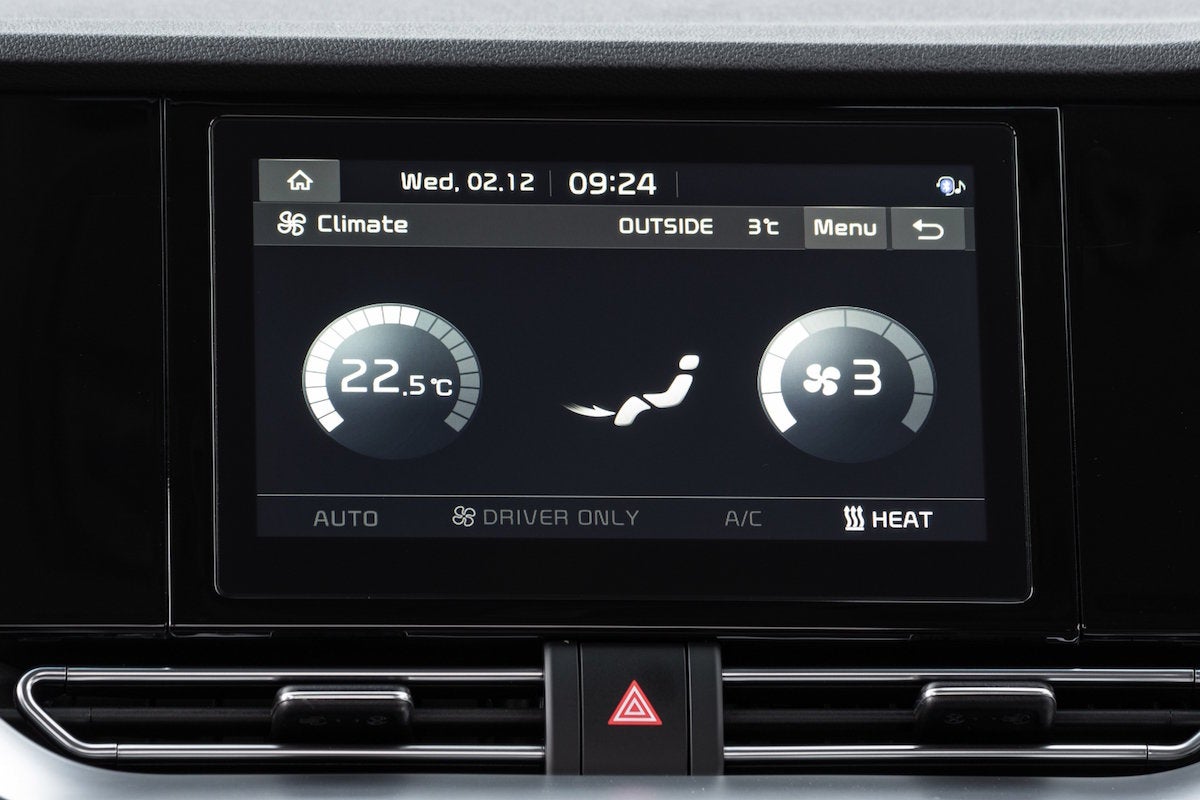
3. Keep your Heating and Air Conditioning to a Minimum
Ancillaries such as air conditioning and heating can account for 20% or more of an EV’s energy expenditure. The heater, in particular, will have a significant drain on the battery since an EV has to power an additional heating unit, where a combustion engine car simply uses excess heat produced by the petrol or diesel engine. This is one reason why an EV will always see a big range reduction in winter compared to summer; it’s not uncommon to see an EV deliver some 30-40% less range in very cold temperatures than it will in summer conditions.
A good way to reduce the energy cost of heating an EV is to plug it in to a charging point overnight and set it to pre-heat or pre-cool using mains electricity so that it’s ready to go when you want to leave. Almost all EVs offer this function via the car’s screen or phone app, and you will never feel more smug than when you walk out of the door on a winter’s morning to find your EV fully charged, toasty warm and de-iced, while your neighbour scrapes away at their windscreen.
Of course, if you’re okay with wearing full ski garb on the commute, keeping the heater and air con off altogether will get you big range improvements. But, in reality, simply being conscious of when you don’t need the air con or heater can still significantly reduce energy use without making your time in the car uncomfortable. According to the DfT EV efficiency report, when you’re travelling at under 45mph in hot weather, opening the window is better than using air con, but at higher speeds your air con is a better bet for maximising range while keeping the cabin a tolerable temperature.
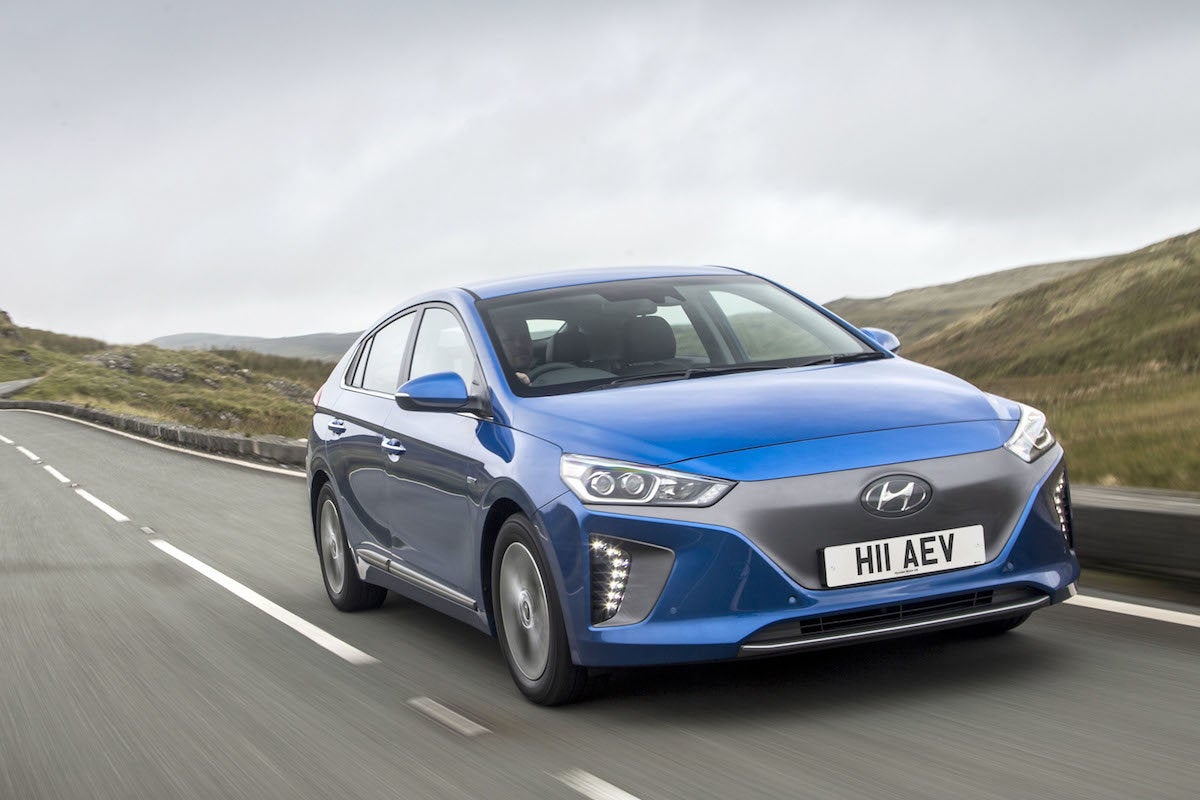
4. Use Your Car’s Drive Modes
Understanding how an electric car works is one thing, but also get to know your car’s drive modes in order to help you make the most of its potential range. Almost every EV has an Eco mode but these will vary depending on the car. Most will increase the regenerative braking and neuter the throttle response, and some go as far as to limit top speed and restrict use of the heater. Spend time investigating what the modes do, and whether you can adjust the settings within those modes. Where there are adjustable aspects of the Eco mode, getting it set up so that you’re comfortable with using it as your default everyday mode can bring big efficiency gains.
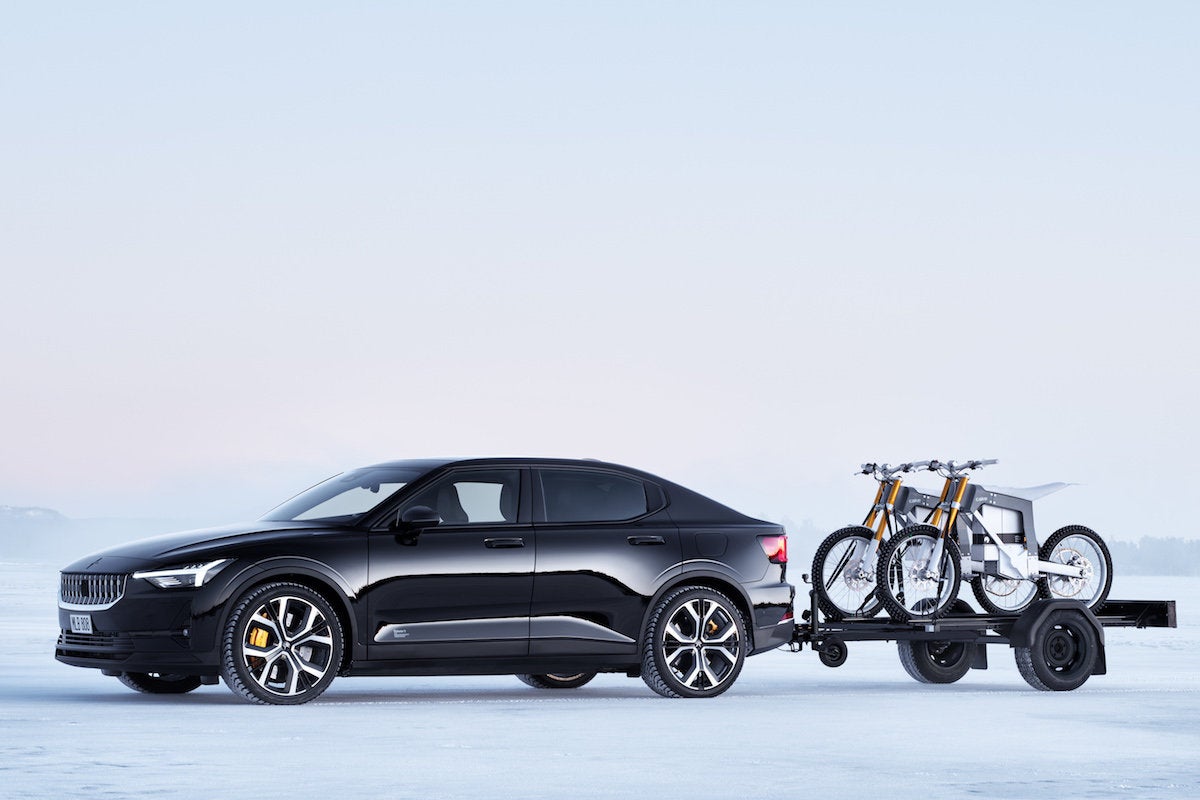
5. Keep Your Tyres Inflated, and Remove Excess Weight
Just as much a rule for a combustion car as for EVs, keeping your tyres in good condition and properly inflated is one of the most crucial aspects of keeping your car safe, as well as for maximising range and efficiency. Plenty of new EVs are fitted with ‘low rolling resistance’ tyres, which balance reduced drag with maintaining decent traction for safety purposes. They’re not expensive to buy, so when it comes to buying replacement tyres, go for an efficient but safe tyre and always buy from a well-known and well-tested brand such as Bridgestone, Pirelli, Michelin or Hankook.
It seems obvious, but removing roof boxes or bike racks when they’re not needed, and taking out any significant excess weight that you may be lugging around in the boot, will also help to make your EV go a bit further in between visits to a charger.
Summing Up
Overall, getting the best driving range from your EV is all about knowing the car, its modes and learning to predict your braking and keep momentum up as much as possible. If it’s your first time driving an EV, always take time to get used to how the brake regen’ feels and responds in its different modes before you start trying to eke out every last mile from the range. It can be a weird feeling initially, but it generally doesn’t take long to get used to.
As a final note, don’t go thinking that the above tips are an essential, tiresome daily aspect of EVs. To state the obvious, EVs can be great fun to drive and own; the experience needn’t be defined by range anxiety unless you’re on a long journey and haven’t planned your EV charging (and with the UK’s charging network improving all the time even that needn’t be a problem). Use the above tips when you want to get the best range and save a bit more money, but don’t forget to stop staring at the range readout occasionally, and just enjoy the journey.
